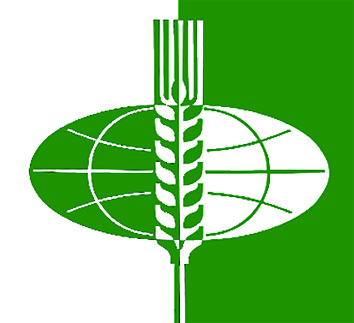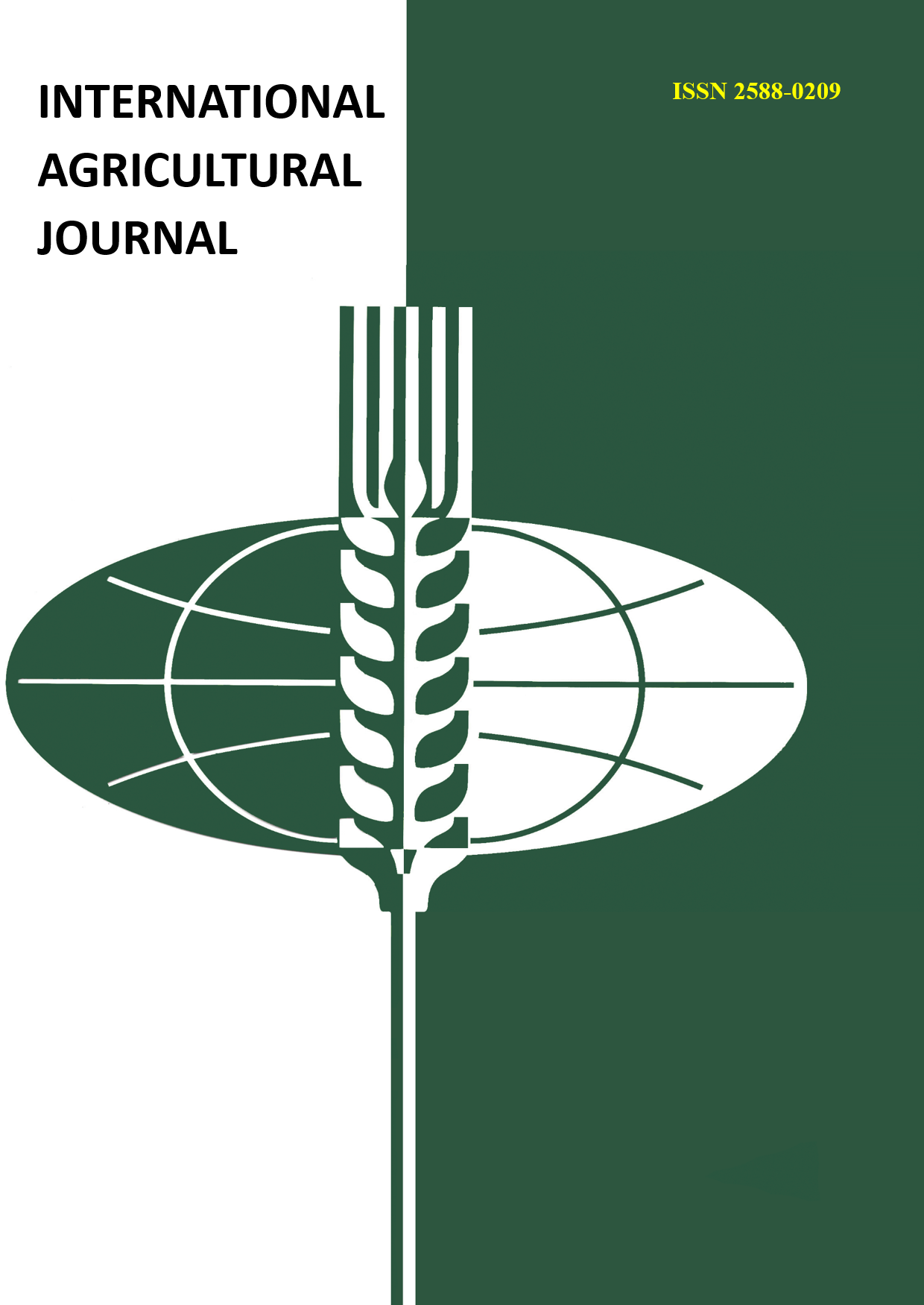Russian Federation
One of the most important criteria for assessing the state of the vegetation cover is the analysis of the intensity of succession processes in the ecosystem. Existing models of successions, as a rule, are distinguished on the basis of an analysis of the floristic composition by the quantitative participation of representatives of various life forms in them. It should be noted that this indicator alone is not enough to characterize such a complex process as a change in a plant community over a long period of time. In addition, the ratio of life forms recorded at a certain point in time cannot be the only indicator of the rate of succession. For an objective assessment of the speed and sequence of successions, additional parameters must exist. The article considers the results of assessing the successional dynamics of the vegetation cover of forest communities based on the analysis of species saturation indicators in areas with different forest stand densities. The predominance of Quercus robur, Acer platanoides, and Tilia cordata in the tree layer intensifies competition for light and significantly reduces the number of species in subordinate layers. The results obtained made it possible to reveal the relationship between species richness and the rate of succession development. It has been established that the increase in the abundance of edificators is accompanied by an increase in the duration of succession series.
sukcessiya, dinamika, rastitel'nyy pokrov, lesnye soobschestva, vidovaya nasyschennost', konkurentosposobnost', edifikatory














